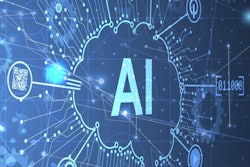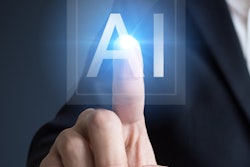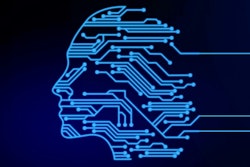Radiographic identification of rib fractures is challenging in young children. To help, a group in Ohio developed two deep-learning models based on standard transfer learning techniques using ResNet-50 and DenseNet-121 architectures, with pretrained weights from a U.S. National Institutes of Health chest x-ray dataset.
The study included 1,311 frontal radiographs (radiographs with rib fracture, n = 653) from 1,231 unique patients with a median age of 4 months old. On the test set, the ResNet-50 model demonstrated an area under the curve (AUC) of 0.84, with a sensitivity of 81% and specificity of 70% for fracture identification. The DenseNet-50 model obtained an AUC of 0.82, with 72% sensitivity and 79% specificity. In the validation set, the ResNet-50 and DenseNet-121 models obtained AUCs of 0.89 and 0.88.
Further research is warranted, noted Dr. Adarsh Ghosh, a pediatric radiology fellow at the Cincinnati Children's Hospital Medical Center, who will present the findings.
“A validated model with class activation maps could help radiologists by identifying suspicious radiographs which could benefit from higher reading priorities or a closer second look,” the researchers wrote.



















